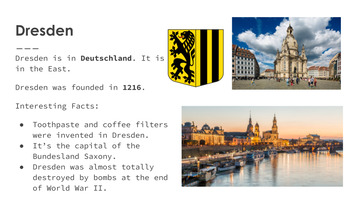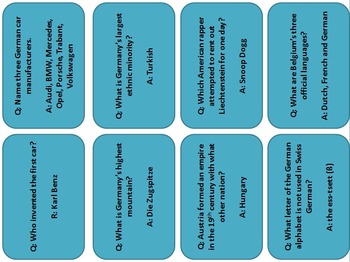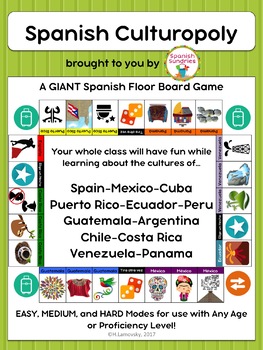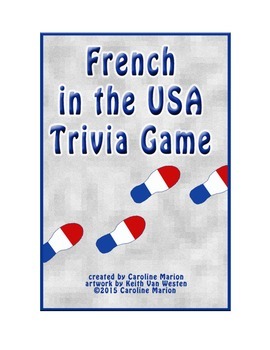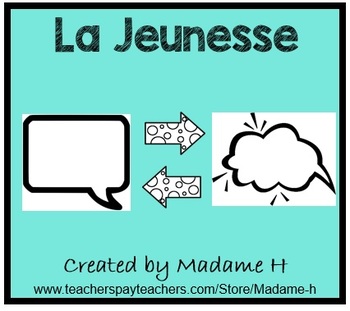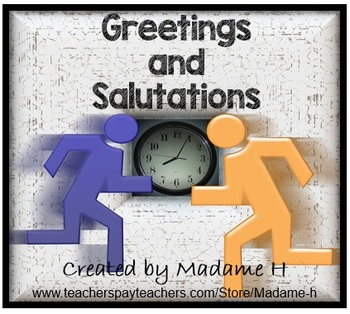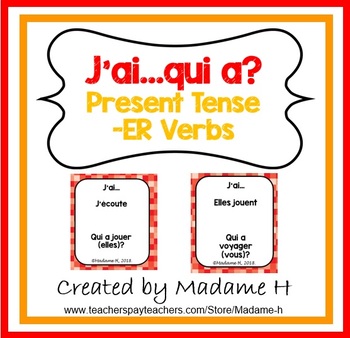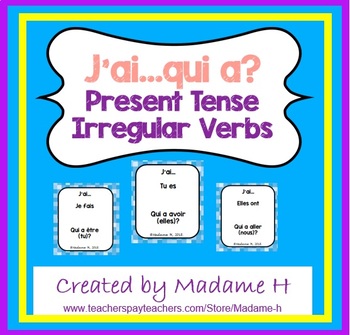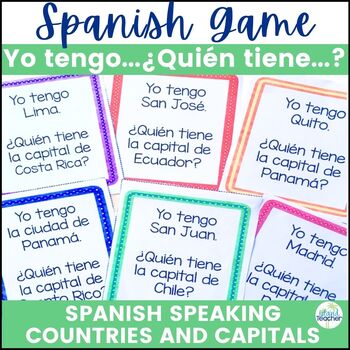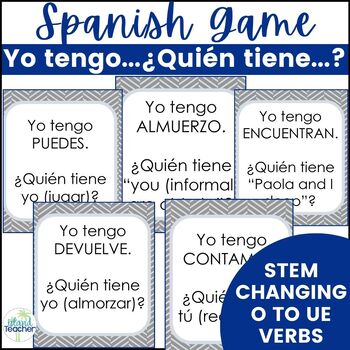Have you noticed it's more difficult to encourage students to interact in the interpersonal mode in the world language classroom than it has been in the past? If yes, you're not alone. Common discussions circle around the fact that we were all isolated for so long so students now need to relearn how to converse in L1 before they can be expected to communicate in L2. Others argue that students are always "plugged in" leaving less time for natural, face-to-face communication to occur. Either way world language teachers are in a conundrum: how do we encourage interpersonal communication in class?
One group of language educators started implementing what they refer to as Conversation Stations into their lessons to help with this situation. What are they and how are they used in class? Conversation Stations are a set of 10 different mini conversations based upon the same topic. For example, the theme of School Life, Clothing, and Hobbies have been used with success following this model.
The first step in creating the mini conversations after choosing the subject matter is to peruse authentic materials in the target language and highlight vocabulary that native speakers use in context. What questions are common for this theme? Keep these words and expressions in mind and then its time to let your own creativity come to life. Now, it's time to develop 6 complete mini-conversations. Anywhere from 3 to 4 exchanges is appropriate for learners. Once the six complete conversations have been created, it's time to make 4 mini conversations with only one part of the conversation provided. The portion provided could be either a question which would require a response from students or it could be the response which would then mean the students would have to think of a logical question eliciting the answer provided.
The conversations are ready, now what? In class students either choose a partner or are assigned to work with someone. They move through the classroom to "stations" where only one conversation is seen. Students are encouraged to work together to find the meaning of the interaction between the two roles first. Then each student chooses a role and role plays by reading his/her part. Students switch and repeat. The repetition is important as it provides an opportunity for students to really grasp comprehension in context. The learners work through stations 1-6 with the full mini conversations. This provides them with a lot of input so that when they start with station 7 and only see half of the exchange, they can pull from what they've seen in stations 1-6 to think critically and solve the problem of how to respond in context to the statement or question provided. Stations 8,9, and 10 further support problem solving and critical thinking. After moving through all of the stations students are now at a point where they feel confident in creating their own conversations and the expectation of having them work in the interpersonal mode is more achievable.
Here are links to several sets of conversations that can be used for various themes in Spanish and in French. Simply click on the links provided.
Spanish Conversation Stations Bundle
French Conversation Stations Bundle
How have you responded to the dilemma of encouraging student communication in the target language in your classroom?






